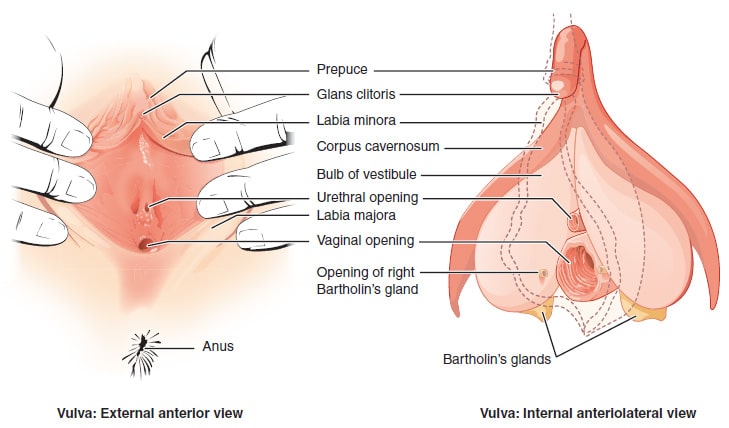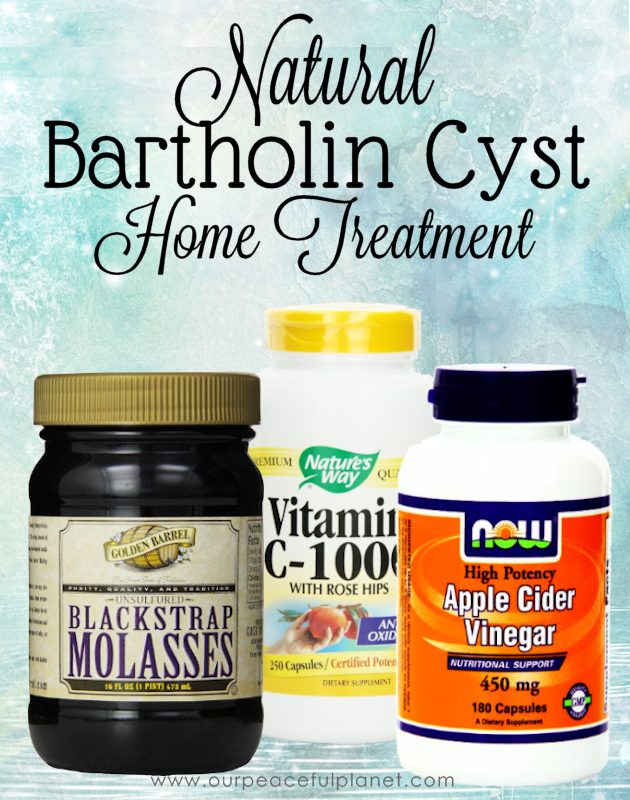

How can a physician treat my cyst or abscess? Instead, keep the area clean, and make an appointment with a doctor if the area is painful or starts to drain. Cyst popping at home can cause infection. It’s not advisable to try draining a cyst or abscess yourself. This may soothe the area, stimulate infection-fighting antibodies and white blood cells, and help the area heal. One of the best things you can do to treat a cyst or abscess at home is to hold a warm, moist cloth on the area for 20 minutes at a time, a few times daily. An abscess can form on its own or can occur when a cyst becomes infected. The surrounding area is usually colored from pink to deep red, and the infection can also cause symptoms in other parts of the body. However, because abscesses involve infection, they are warm, painful, irritated, and often red and swollen.


Like cysts, abscesses can occur on your skin or inside your body. Abscesses form when your immune system is fighting an infection in one of your bodily tissues. What is an abscess?Īn abscess is a tender, infected area filled with pus. A cyst is not considered a medical problem unless it bothers you or becomes sore or infected. Cysts grow slowly, and are not typically painful. The cells that make up a cyst’s sac are different from those around them, but they usually aren’t cancerous. Some common types are the baker’s cyst (behind the knee), sebaceous cyst (under the skin), and ganglion cyst (along the tendons or joints of your wrists, hands, or feet). They can appear on your skin or anywhere inside your body. What is a cyst?Ĭysts are sacs or cavities filled with fluid or pus.

Both cysts and abscesses can be uncomfortable, and may require medical treatment. To the untrained eye, they can be hard to tell apart. Cysts and abscesses are fluid-filled lumps that can form anywhere on the body.


 0 kommentar(er)
0 kommentar(er)
